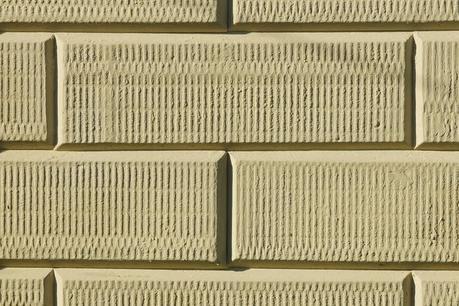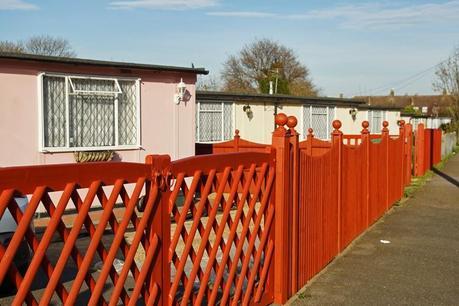 It's Britain's largest surviving prefab estate - at least for the moment. The Excalibur Estate in Catford was always designated 'temporary housing', and has been under threat of demolition in recent years. However, many of its residents remain attached to their prefabricated homes, and unwilling to leave them.
It's Britain's largest surviving prefab estate - at least for the moment. The Excalibur Estate in Catford was always designated 'temporary housing', and has been under threat of demolition in recent years. However, many of its residents remain attached to their prefabricated homes, and unwilling to leave them. 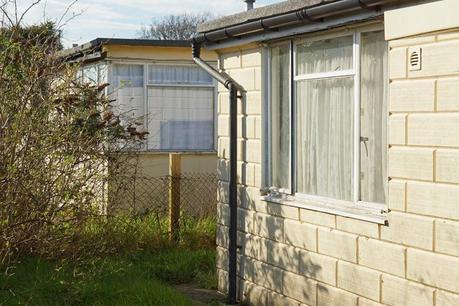
As World War II progressed, it was obvious to the government that one of their most urgent post-war tasks would be to replace the housing lost to bombing. With resources scarce after years of war, and homes needed as soon as possible, how could this be achieved? The answer was prefabrication: in the two years after the war ended, temporary housing was quickly erected, mostly by German and Italian prisoners of war. The timber frames and asbestos sheeting were produced by factories previously busy with war work.

The estate is made up only of houses: in the rush to accommodate families, no space or materials were spared to construct other amenities. The exception is the church at its edge, St Mark's, itself an unusual construction from the 1960s which feels entirely appropriate for its context.

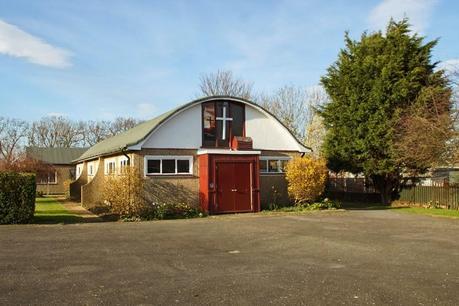
Although designed to last for just ten years, the housing offered rare luxuries to its working-class occupiers: indoor toilets, bathrooms and refrigerators, as well as front and back gardens. It is unsurprising that many became fond of their detached, two-bedroom bungalows and stayed long beyond the expected decade: at least one resident has been here since his house was new nearly seventy years ago. Under the influence of their occupants, the homes have developed their own characters, adding to the estate's charms.
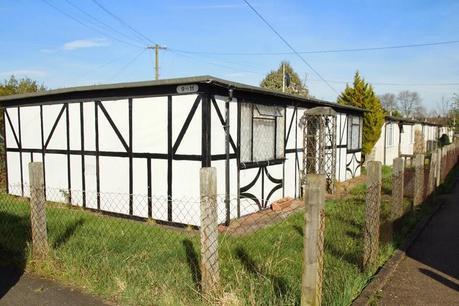
The affection is not universal, however. From the council's perspective, these homes will be difficult to maintain and bring up to modern standards, while they are exceptionally low-density (being detached bungalows with generous gardens) in an area with a high number of homeless families. For some residents, they are damp houses without double-glazing which would be better replaced by modern dwellings.
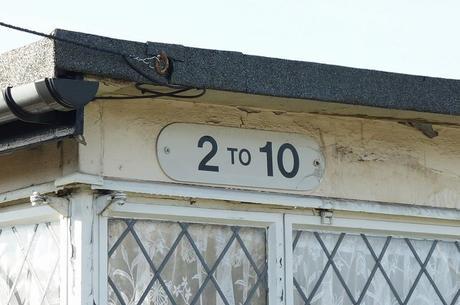
Other residents are determined to keep their unusual homes. They point to the roomy and convenient layout, the peacefulness and community spirit of the estate with its quiet paths and friendly neighbours, and the social history that the Excalibur represents. The latter point has been taken up by the Twentieth Century Society and by English Heritage, on whose recommendation six of the homes have been listed.
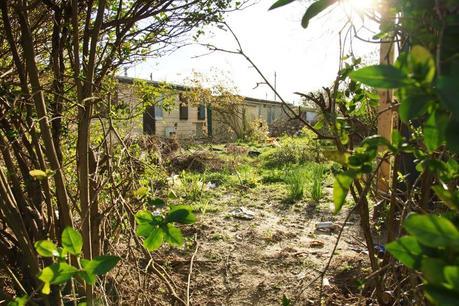
The rest of the houses remain under threat. Some are already empty, their residents moved elsewhere, and part of the estate is now closed off by high fences and locked gates.
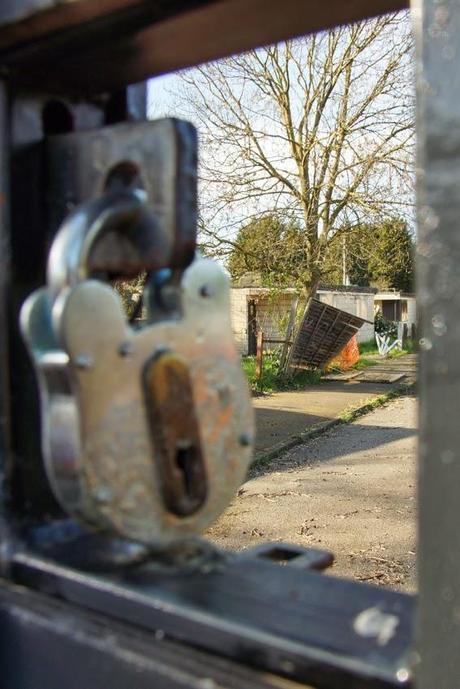
A visit to the estate poses all sorts of questions. It offers a vision of social housing which was designed to offer a high standard of living to its residents, very different to most of the developments springing up in London today. It is a piece of social history, too, as well as a living and functioning community; shouldn't we preserve this as diligently as we preserve more glamorous, less working-class buildings? Can six houses alone, devoid of the context of the surrounding estate, adequately represent that history?
At the same time, these houses were not built to last indefinitely: can the costs involved in maintaining and improving them be justified? Indeed, can investment in such low-density housing be justified when the pressures on accommodation in London are so great? (Lewisham Council and L&Q housing association's proposals would see the number of homes on the land doubled.) What will be the quality of the new homes? The trouble is, if Lewisham Council have got the answers wrong then there will be no way to replace this unique estate.
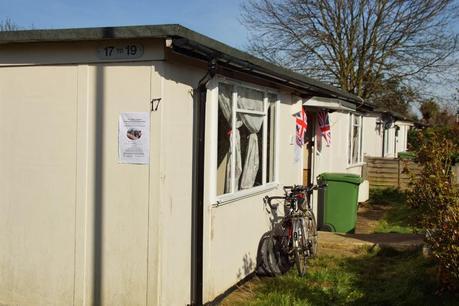
If you would like to explore the Excalibur in person, a prefab museum is open until 1 April, the creation of photographer Elisabeth Blanchet who has been documenting life on this and other prefab estates. Housed in one of the prefabs are artefacts, information, films and artworks; it's also a social space, with memories shared and new information added (a few days before my visit, one of the residents had brought in wartime newspapers found under their lino). It's open on Tuesdays and Thursdays, 10-4.30 and Saturdays, 10-6, at 17 Meliot Road, SE6 1RY. The Londonphile has also visited.
